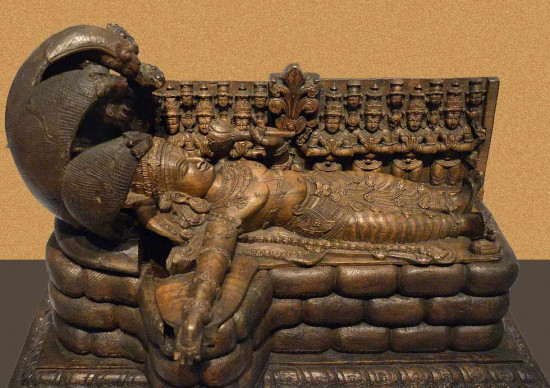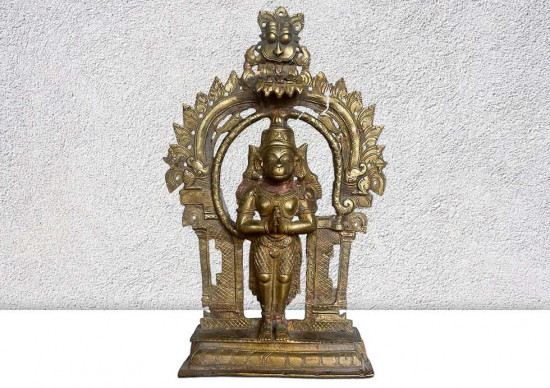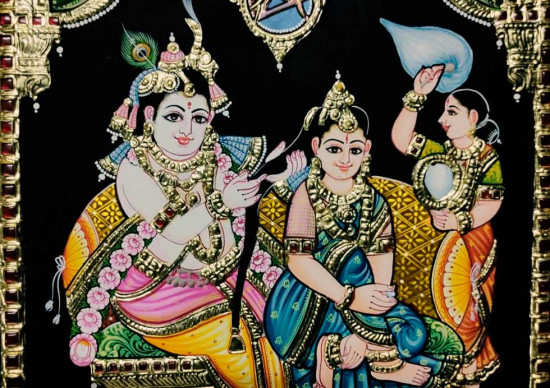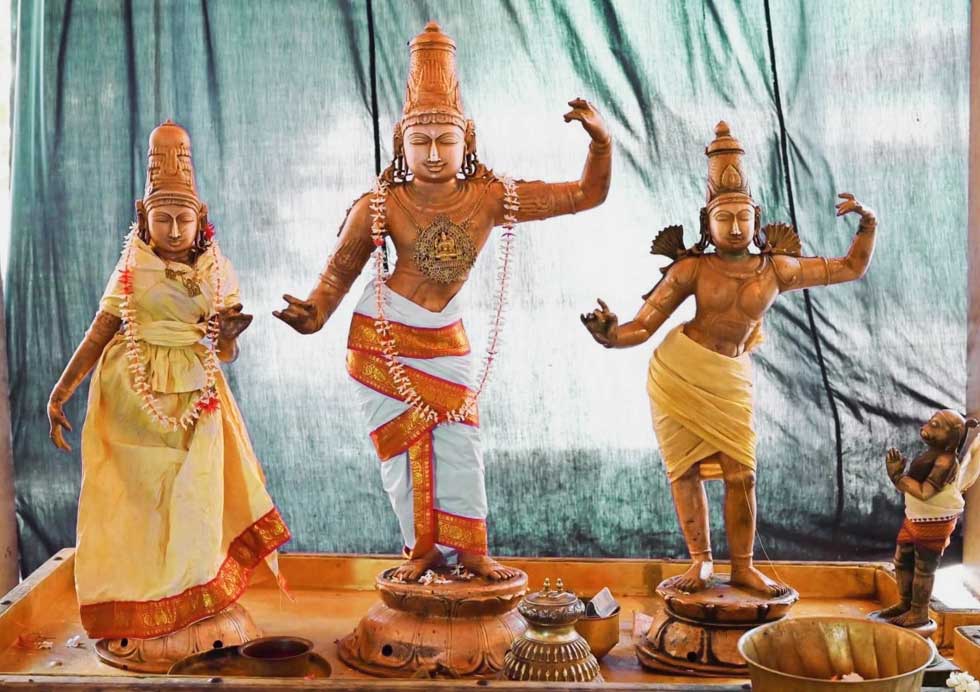
Across the sacred land of India, where countless devotees offer their prayers to Lord Rama, the seventh incarnation of Vishnu, stands as testament to his enduring legacy. These magnificent structures are not merely works of art, but expressions of unwavering faith.
The narrative of Ramayana is an epoch when it tells the story around Lord Rama; he was an epitome of righteousness. His life stands as a demonstration of loyalty, surrender and bravery that always inspires millions.
They are worshippers or those who belong to this particular deity who find solace in such statues. Whoever looks at Rama’s face full of calmness will feel serenity too. These figures become potent signs reminding us about fighting for what he advocated for: morality, kindness and allegiance without wavering.
The narrative of Ramayana is an epoch when it tells the story around Lord Rama; he was an epitome of righteousness. His life stands as a demonstration of loyalty, surrender and bravery that always inspires millions.
They are worshippers or those who belong to this particular deity who find solace in such statues. Whoever looks at Rama’s face full of calmness will feel serenity too. These figures become potent signs reminding us about fighting for what he advocated for: morality, kindness and allegiance without wavering.
The First Glimpse: Unveiling History's Rama
While the exact date of the first Rama statue remains shrouded in the mists of time, archaeological discoveries suggest that depictions of Rama have existed for centuries. One such discovery, unearthed in Ayodhya itself, is a terracotta figure of Rama dating back to the Kushan Empire (300 BCE – 300 CE). This simple yet evocative image hints at the early reverence for Rama and the tradition of representing him in physical form.

A Tapestry of Artistic Expressions:
Over the centuries, Rama statues have flourished in diverse styles and materials, reflecting not just the artistic evolution of India but also the deep devotion held for the deity. From the grandeur of ancient stone carvings weathered by time to the intricate details of metalwork shimmering with devotion, each statue embodies a unique conversation between the artist and the divine.
The artistic portrayal of Lord Rama across India reflects the deep devotion held for him and the evolution of artistic styles. Early depictions, like the terracotta figure from the Kushan Empire, were simple yet powerful, often showcasing Rama in a standing posture holding his bow. These statues exude a sense of serenity and strength.
Over time, the depictions became more elaborate. Metalwork statues, especially in bronze and brass, adorned with precious stones, captured the grandeur of Rama's royal lineage. South India favors colossal granite statues, emphasizing Rama's majesty. In contrast, Eastern India depicts him in a more lyrical style, highlighting his grace.
The portrayal of Rama also varies based on the narrative context. Statues depicting Rama with his bow and arrow symbolize his courage and his fight against evil. Images with Sita showcase his unwavering devotion to his wife. Statues featuring Lakshmana and Hanuman highlight the importance of loyalty and brotherhood. Regardless of the style or accompanying figures, all Rama statues share a common thread – the deep devotion of the artist and the community they represent.
The artistic portrayal of Lord Rama across India reflects the deep devotion held for him and the evolution of artistic styles. Early depictions, like the terracotta figure from the Kushan Empire, were simple yet powerful, often showcasing Rama in a standing posture holding his bow. These statues exude a sense of serenity and strength.
Over time, the depictions became more elaborate. Metalwork statues, especially in bronze and brass, adorned with precious stones, captured the grandeur of Rama's royal lineage. South India favors colossal granite statues, emphasizing Rama's majesty. In contrast, Eastern India depicts him in a more lyrical style, highlighting his grace.
The portrayal of Rama also varies based on the narrative context. Statues depicting Rama with his bow and arrow symbolize his courage and his fight against evil. Images with Sita showcase his unwavering devotion to his wife. Statues featuring Lakshmana and Hanuman highlight the importance of loyalty and brotherhood. Regardless of the style or accompanying figures, all Rama statues share a common thread – the deep devotion of the artist and the community they represent.
Whispers of Antiquity: Stone Carvings and Terracotta
Early depictions of Rama stand as testaments to the enduring nature of faith. Ancient stone carvings found in temple complexes and archaeological sites showcase a simple yet powerful style. These statues, often depicting Rama in a standing posture or engaged in battle, exude a sense of serenity and strength. In contrast, terracotta figures, prevalent in the early centuries, offer a more intimate portrayal. The warmth of the material and the intricate details, often depicting scenes from the Ramayana, create a sense of closeness and accessibility.
The Golden Touch: Metalwork and Precious Stones
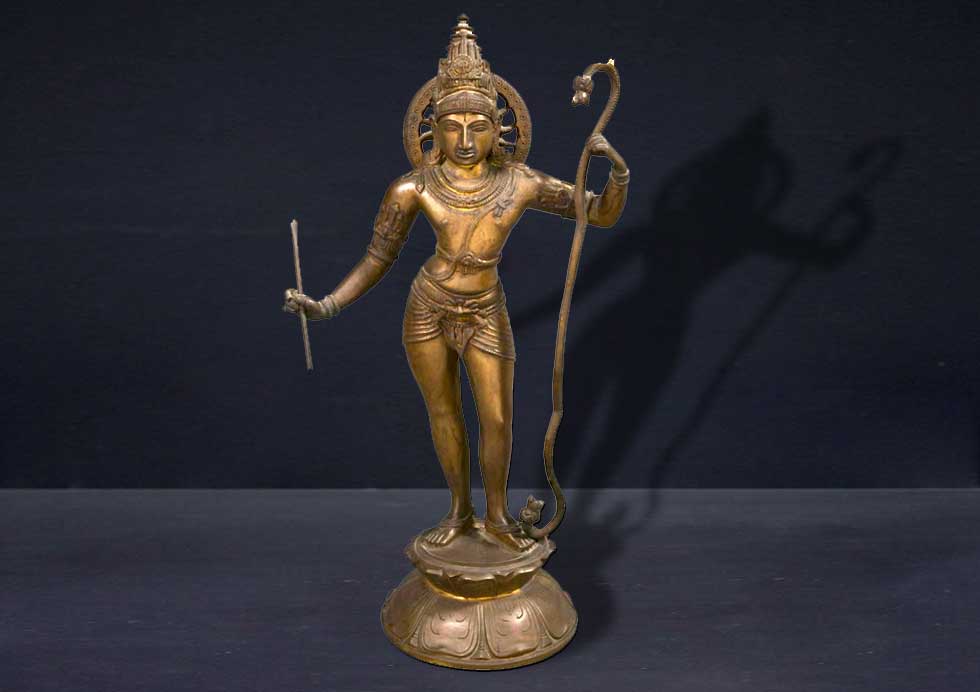
As artistic techniques evolved, Rama statues became more elaborate. Metalwork, particularly in bronze and brass, emerged as a preferred medium. These statues, often adorned with precious stones and intricate floral motifs, showcase the meticulous craftsmanship of Indian artisans. The statues capture the grandeur of Rama's royal lineage and the reverence in which he is held.
Regional Variations: A Celebration of Diversity
The artistic portrayal of Rama also reflects the rich cultural tapestry of India. In South India, particularly Tamil Nadu, colossal granite statues dominate temple complexes, emphasizing Rama's majesty. In contrast, the Eastern states of Odisha and West Bengal favor a more lyrical style, depicting Rama in a dancing posture, highlighting his grace and his association with the performing arts.
Beyond Form: Embodiment of Devotion
Regardless of style or material, all Rama statues share a common thread – the deep devotion of the artist and the community they represent. Each statue is a labor of love, created to evoke a sense of awe and inspire prayer. They are not mere works of art, but living expressions of faith, serving as focal points for devotees seeking blessings and solace.
A Land Steeped in Devotion: Rama Statues Across the Geographic Tapestry of India
South India: Where Ramayana Comes Alive
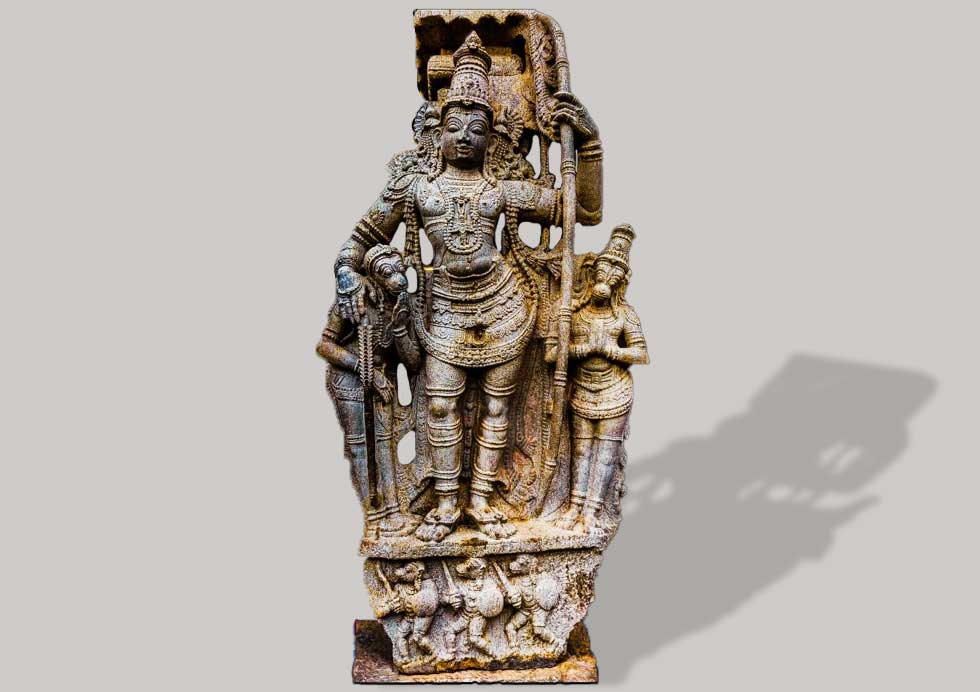
Rama statues in South India have a thriving tradition and animate the timeless story of the Ramayana. This devotion is exemplified by the enormous granite statue of Rama at the Kodandarama Temple in Tamil Nadu. It stands majestically at twelve feet high, portraying Rama as a symbol of strength and righteousness with potential to annihilate darkness. The serene look on his face combined with determination inspires awe among devotees & encourages them to follow his footsteps.
Andhra Pradesh’s Chilkur Balaji Temple has an idol of Rama believed to be self-manifested. This belief grants it a mystical character, attracting followers who come looking for blessings and feel the presence of Rama in person. All these indicate that the Ramayana still wields great power over people’s minds in South India as seen by the very lively atmosphere around it and multitude of worshippers who offer prayers there.
Andhra Pradesh’s Chilkur Balaji Temple has an idol of Rama believed to be self-manifested. This belief grants it a mystical character, attracting followers who come looking for blessings and feel the presence of Rama in person. All these indicate that the Ramayana still wields great power over people’s minds in South India as seen by the very lively atmosphere around it and multitude of worshippers who offer prayers there.
North India: The Cradle of Ayodhya
North India, particularly the holy city of Ayodhya, is naturally the cradle of Rama's legacy. The recently unveiled Shri Ram Statue, a marvel of modern engineering, stands as a towering testament to his enduring importance. This colossal structure serves as a pilgrimage destination, attracting millions who come to pay their respects and connect with Rama.
However, the significance of Rama statues in North India extends far beyond this magnificent structure. Countless smaller statues, housed in temples and even private homes, hold immense meaning for local communities. Each statue, regardless of size or grandeur, serves as a focal point for prayer. These depictions of Rama act as constant reminders of his presence, offering solace and inspiration to devotees throughout their daily lives. Whether it be the awe-inspiring grandeur of the Shri Ram Statue or the intimate presence of smaller statues, North India continues to be a place where Rama's legacy is not just remembered, but actively celebrated.
However, the significance of Rama statues in North India extends far beyond this magnificent structure. Countless smaller statues, housed in temples and even private homes, hold immense meaning for local communities. Each statue, regardless of size or grandeur, serves as a focal point for prayer. These depictions of Rama act as constant reminders of his presence, offering solace and inspiration to devotees throughout their daily lives. Whether it be the awe-inspiring grandeur of the Shri Ram Statue or the intimate presence of smaller statues, North India continues to be a place where Rama's legacy is not just remembered, but actively celebrated.
Beyond Borders: A Universal Symbol
The devotion to Rama transcends geographical boundaries. Rama statues have been erected across the globe, wherever the Hindu diaspora has settled. These statues serve as a source of solace for devotees far from their homeland, a place to connect with their faith and the timeless ideals of Rama.
Living by Rama's Ideals
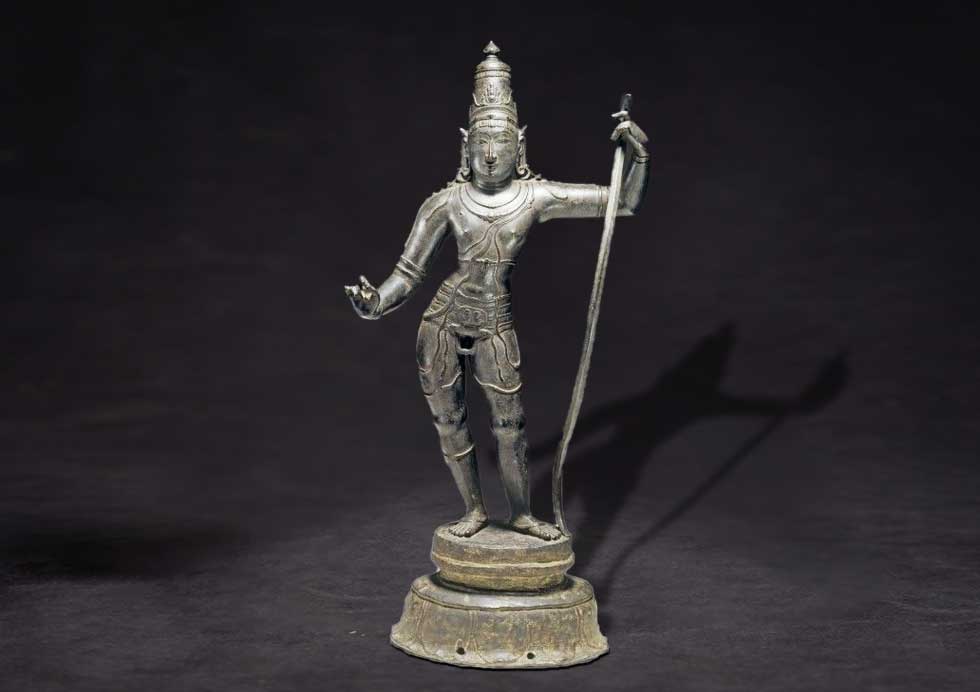
Gazing upon the serene form of Rama in these statues evokes a sense of peace and inspires reflection. They serve as a powerful call to action, urging us to strive towards the ideals he championed – righteousness, compassion, and unwavering loyalty. His life, a testament to the power of faith, perseverance, and unwavering commitment to dharma, offers valuable lessons for all.
Seeing a Rama statue is more than just a tourist experience; it is a journey through time. Standing before these depictions, we are transported back to the epic age of the Ramayana. The statues allow us to connect with the timeless stories of the Ramayana, not just as mere tales, but as narratives that continue to shape our values and guide our actions.
Seeing a Rama statue is more than just a tourist experience; it is a journey through time. Standing before these depictions, we are transported back to the epic age of the Ramayana. The statues allow us to connect with the timeless stories of the Ramayana, not just as mere tales, but as narratives that continue to shape our values and guide our actions.
Conclusion: A Legacy Carved in Stone
These statues of Rama have much more than just artistic merit. They are indeed the eternal faiths of millions of believers, show art advancements and hold perfectly united symbols for people around the universe. Every statue that represents Rama differently serves as a hub for devotion and a reminder of his existence. In front of these depictions, we can again feel the power of belief, the significance of upholding dharma, and abiding values guiding us throughout our lives. Due to these numerous statues spread out all over Bharat, Rama’s story and his ideals will be evergreen in many generations.

